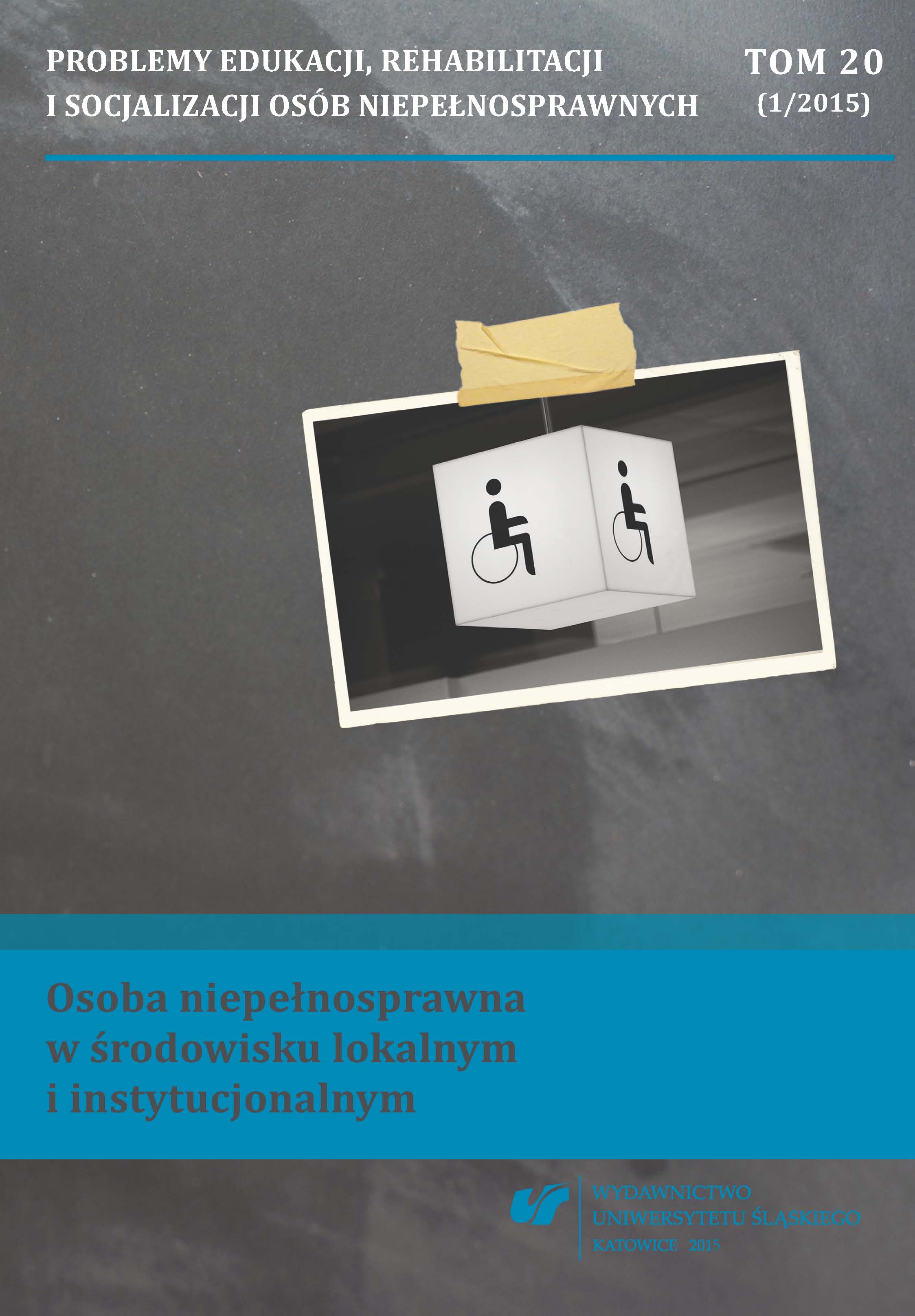Normy ogólnospołeczne w życiu uczniów z lekką niepełnosprawnością intelektualną i w normie intelektualnej
General social norms in the life of learners with mild intellectual disability and in the intellectual norm
Author(s): Danuta JankowskaSubject(s): Social Sciences, Education, Sociology, Personality Psychology, Health and medicine and law, Social Norms / Social Control, Inclusive Education / Inclusion
Published by: Wydawnictwo Uniwersytetu Śląskiego
Keywords: norm; constructing; adolescence; intellectual disability
Summary/Abstract: What is obvious, simple, ordinary or obligatory for the adult society, proves to be a compulsion, punishment or restriction of freedom for the young generation. Although from one generation to another, people have been using certain constructed messages or models, it can be noted that increasingly these messages would be understood and taken in a completely different way by their children. Preventive influences, strenuous efforts of parents, teachers or other educational environments, all the carefully constructed world of valid social norms, has been sometimes understood, taken and implemented quite different by young people. The period of adolescence (from 13–17 years of age), as a certain stage of development, entails additional difficulties in the sphere of interpersonal and social contacts. It often happens, that both persons with and without disabilities, cannot or for different reasons do not want to adapt to the requirements, which are formed by the particular social group. Therefore, the aim of the present elaboration is to present, how young people of mild disability and with normal intellectual capacity fulfill the “social norms” existing in the society. The presented text consists of three sections. The first one describes the theoretical issues related to mild intellectual disability, adolescence, and social norm. The second provides the methodological assumptions, i.e. the purpose of the research and the investigated problem, as well as selection criteria of research subjects. Whereas the third section introduces the results of the research, as well as conclusions thereof.
Journal: Problemy Edukacji, Rehabilitacji i Socjalizacji Osób Niepełnosprawnych
- Issue Year: 2015
- Issue No: 20
- Page Range: 105-116
- Page Count: 12
- Language: Polish

